The views expressed in our content reflect individual perspectives and do not represent the official views of the Baha'i Faith.
The American Baha’i community made perhaps its most dramatic and historic debut as the sponsor of the ‘Convention for Amity Between the Colored and White Races Based on Heavenly Teachings’ in May of 1921 at the Congregational Church on 10th and G Street NW in Washington, DC. This remarkable flagship meeting – the first such gathering since violence had torn the city apart less than two years before — launched a series of further ‘Race Amity’ conferences. Notably, Howard University professors Coralie Cooke and Alain Locke took part.
The Baha’i “race amity” era lasted from 1921–36, followed by the “race unity” period of 1939–47, succeeded by a whole range of race relations initiatives, such as “Race Unity Day” into the present. The historical origins of the Baha’i race amity movement, therefore, can be traced not only to Abdu’l-Baha’s vision of ideal race relations, but to Abdu’l-Baha’s own personal involvement – he initially conceived and inaugurated the race amity movement.
Preparations for the first “Race Amity” conference began when Abdu’l-Baha asked Agnes S. Parsons, a white woman prominent in Washington high society, “to arrange in Washington a convention for unity between the white and colored people.”
This came as quite a shock to Mrs. Parsons, who had no prior experience in race relations. Abdu’l-Baha advised Agnes Parsons not to undertake this alone. Accordingly, Parsons consulted with the Washington Baha’i assembly for advice and called upon several of her friends to form an ad hoc race amity convention committee. This task force included Agnes Parsons herself, Mariam Haney, Louise Boyle, Gabrielle Pelham and the globe-trotting Baha’i journalist Martha Root.
The first race amity committee appointed a Baha’i chairperson to preside over each session, which primarily featured speakers from outside the Baha’i community. According to Agnes Parsons, “At each session of the convention there was a Baha’i chairman and the chairman invariably gave the keynote for the whole evening.” All of the thoughtful planning paid off, making the convention a resounding success. These progressive, pioneering conferences, held when racial amity and the elimination of prejudice seemed a travesty to some Americans and an unreachable ideal to others, paved the way for future efforts to bridge the racial divide in America and the world.
The distinguished Dr. Locke served as session chair on Friday evening, May 21. Perhaps the best way to begin to describe the program as performed is to examine the program as printed, which contained the essence of what the convention was designed to convey:
Half a century ago in America slavery was abolished.
Now there has arisen need for another great effort in order that prejudice may be overcome.
Correction of the present wrong requires no army, for the field of action is the hearts of our citizens. The instrument to be used is kindness, the ammunition – understanding. The actors in this engagement for right are all the inhabitants of these United States.
The great work we have to do and for which this convention is called is the establishment of amity between the white and the colored people of our land.
When we have put our own house in order, then we may be trusted to carry the message of universal peace to all mankind.
One of the local African-Americans who attended, a gentleman named M. F. Harris, wrote a letter to Agnes Parsons:
I attended every session, day and night … Many times throughout the meetings did with much effort restrain my tears. My heart leaped and throbbed and many times almost burst within my breast. I am a colored man … My race as a whole, I believe, is quite ready to welcome the glad day when all will be brothers. … The trouble is nearly unilateral. God give us the day. – M. F. Harris.
On February 1, 2012, Cornel West, Professor of African American Studies and Religion at Princeton University, paid tribute to the historic Baha’i efforts to foster ideal race relations in America:
When you talk about race and the legacy of white supremacy, there’s no doubt that when the history is written, the true history is written, the history of this country, the Baha’i Faith will be one of the leaven in the American loaf that allowed the democratic loaf to expand because of the anti-racist witness of those of Baha’i faith.
If and when, as suggested by Cornel West, a revisionist history of the Jim Crow era is written, the contribution of the Baha’i “race amity” initiatives – envisioned, conceptualized and mandated by Abdu’l-Baha himself — should take its rightful place in the annals of American history.
For further reading, see:
Christopher Buck, “The Baha’i ‘Race Amity’ Movement and the Black Intelligentsia in Jim Crow America: Alain Locke and Robert S. Abbott.” Baha’i Studies Review 17 (2011): 3–46. [Published September 2012.]


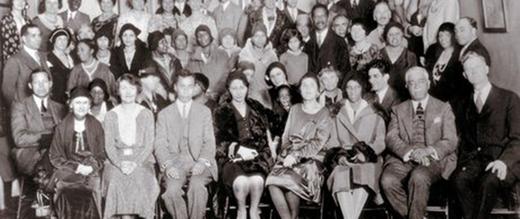



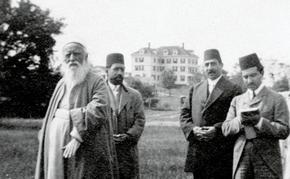
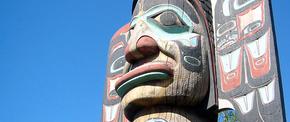

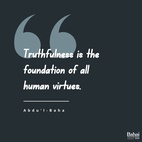
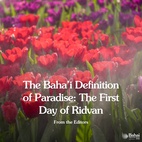

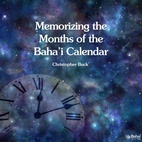



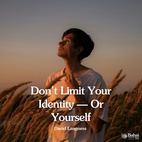

Comments
Sign in or create an account
Continue with Facebookor